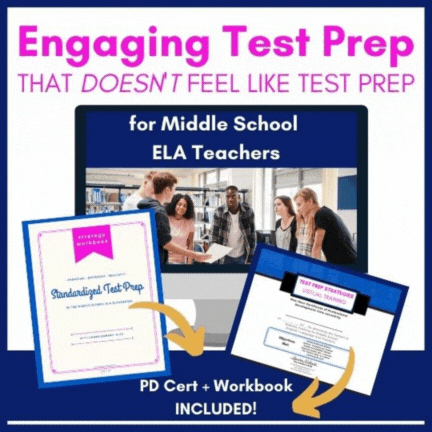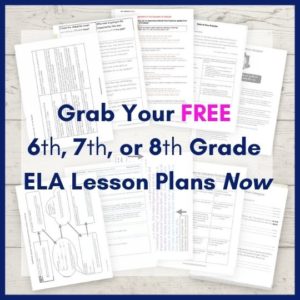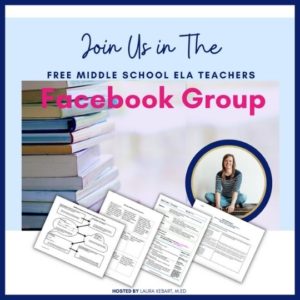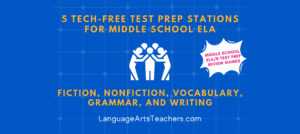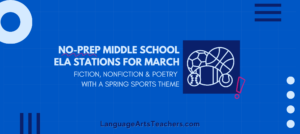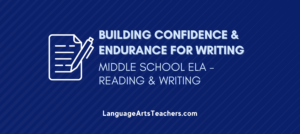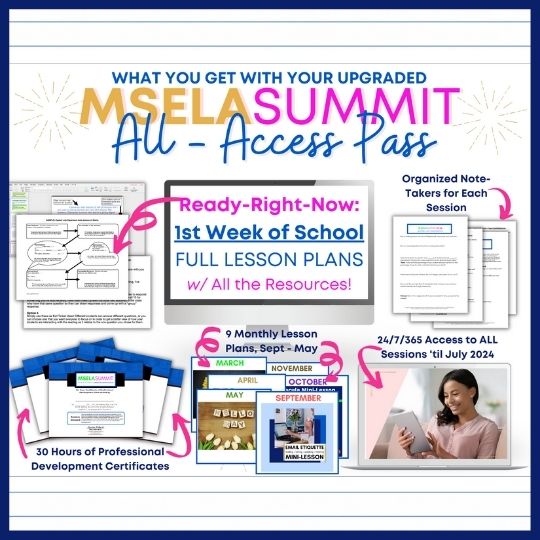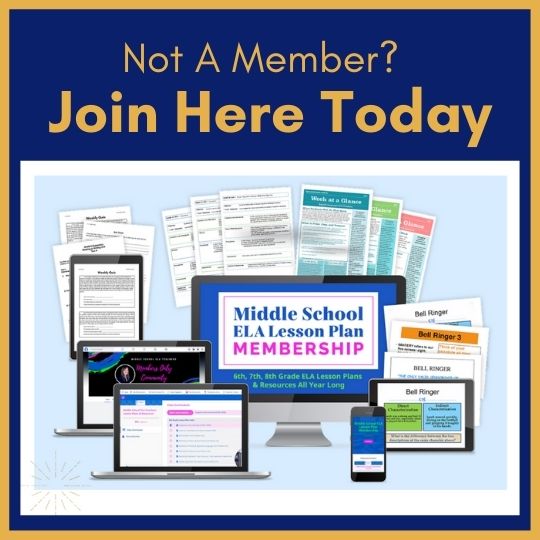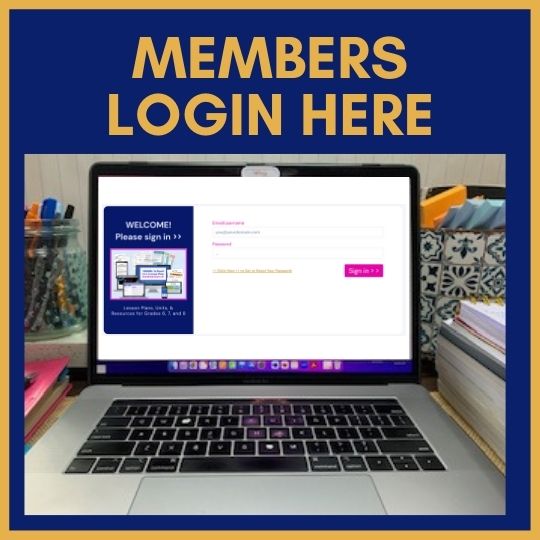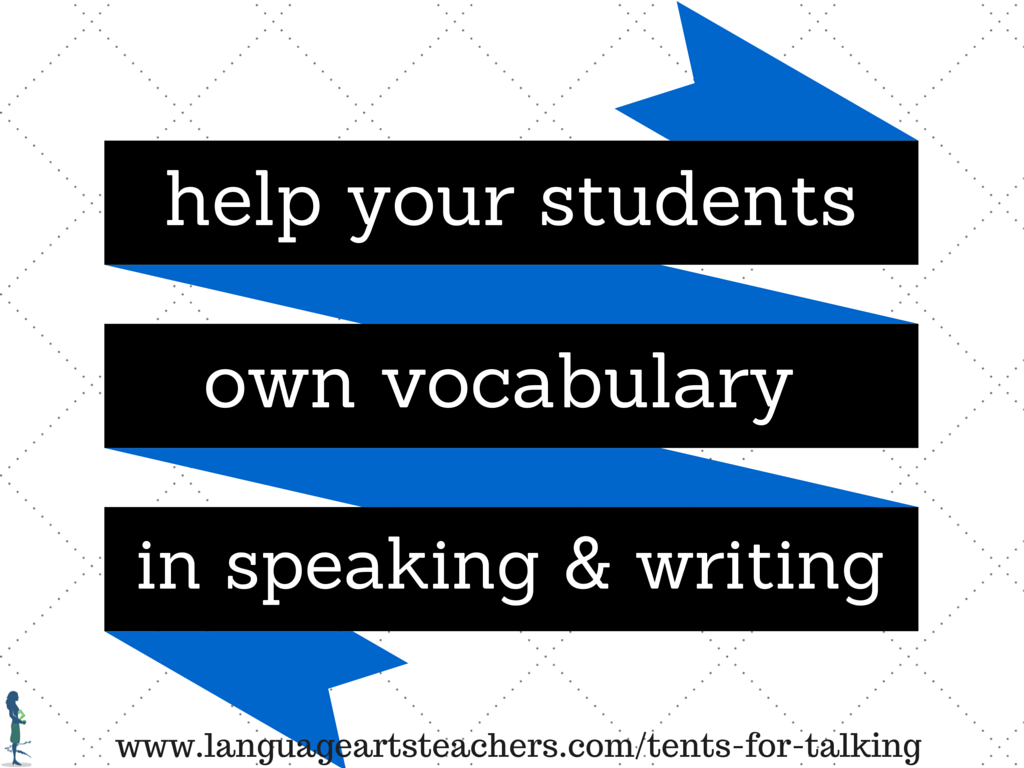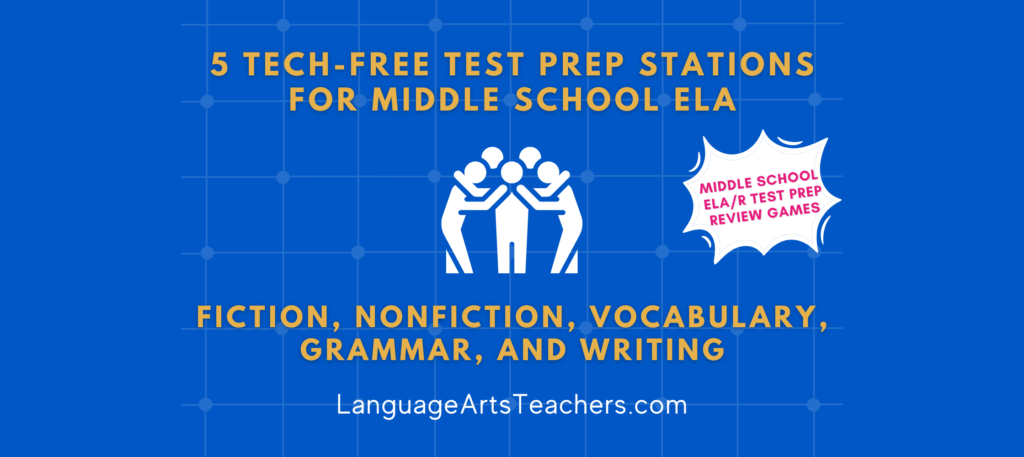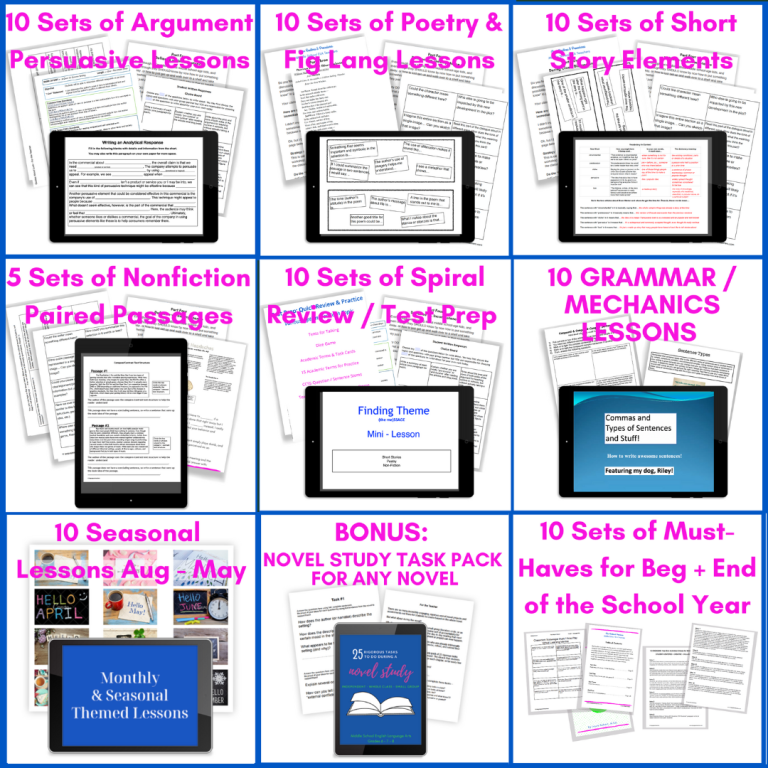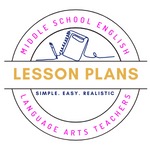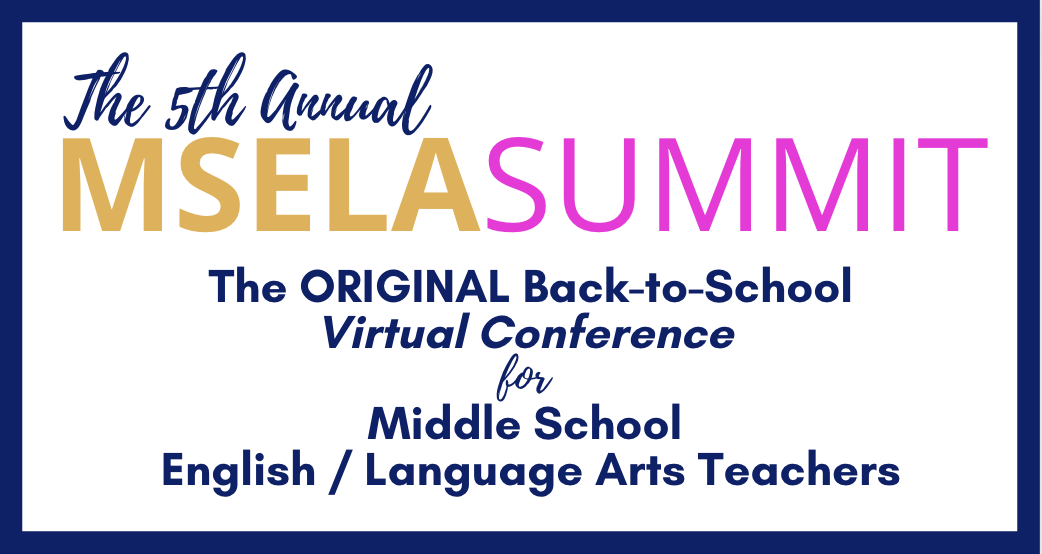An Easy Way to Help Kids Talk to Each Other Academically
Download the whole Tents for Talking packet FREE >> right here <<
If you need a way to help all students talk at a higher level about what they’re reading or working on—from ESL to pre-AP students and everyone in between—use “Tents for Talking”.
Tents for Talking is a simple way to give students the terminology they need to speak and understand some of the academic domain-specific vocabulary that is so central to reading and writing.
Here’s How it Works
-
-
Use my free “Tents for Talking” printables and print them out!
-
-
-
You need one copy per small group of students, say one copy for every 3-5 students.
-
-
-
Fold each one into a tent and place it in the middle of the group.
-
-
-
Students will take turns talking about the reading assignment using the tent to choose words from.
-
-
-
Let students make one comment or ask one question about the passage and in that comment or question, they have to pick a word from the tent.
-
-
-
If the student asks a question, then anyone else in the group may answer it (using a word from the tent).
-
-
If a student simply makes a comment about the reading and uses a word from the tent, then the next student can either extend that comment also using a word from the tent, or make a whole new comment, or ask another question.
To ensure that this activity goes smoothly, model it for your students. Go ahead and pass out the tents to each group. You begin by thinking aloud about something you all have read as a class.
“Hmm… We just read an excerpt from Bad Boy by Walter Dean Myers. I would like to use the word theme from the tent (you look at both sides of the tent and decide to use the word “theme”)… that the theme of the passage is don’t let other people pull you down. Stay strong.”
Then ask for a student volunteer to pick a word from the tent and use it in a sentence about what you read or to think of a question about what was read.
“Ok, I’ll use the word…. um… (turning the tent around and looking)… I’ll use the word details. I like the way the author uses all the details to describe Mrs. Conway.”
Once you’ve provided the modeling, give students a certain amount of time to practice using the words themselves. Set a timer for maybe 3-5 minutes and tell the students to take turns in the circle choosing one word from the tent at a time to make comments or ask questions about the reading.
Listen to the kids talking about their reading while using the tents and be ready to jump in as needed. For instance, if you overhear a kid struggling to use “illustrates” correctly, assist with that.
This comment: “The writer doesn’t have illustrations in the passage” would need to be clarified by explaining that the word “illustrate” doesn’t always refer to an actual image or drawing. It can mean “to show” as in The author illustrates Mrs. Conway as a mean person with a bad temper.
You may need to do some re-teaching with the academic, domain-specific vocabulary before using the Tents for Talking with your students. I have a free handout you can sign up for here that you can use with your students to prepare them. There are specific teacher instructions as well as examples and writing exercises for the kids to practice with.
How else can I use the Tents for Talking to help my students internalize and own the academic, domain-specific terms?
-
-
Allow the students to create their own “Tents for Talking” by selecting a few words to practice with from a list of words you want them to use.
-
-
-
Outside the realm of academic, domain-specific words, allow the students to use literary vocabulary for a Tents for Talking activity.
-
-
Use these tents for writing activities, too!
-
-
write with domain-specific, academic vocabulary
-
-
-
write with literary-based vocabulary (just change the words being used)
-
-
-
write prefixes on one side and root words on the other side for a more creative use of common words
-
-
write with common domain-specific academic words from other content areas to support cross-curricular content
-



